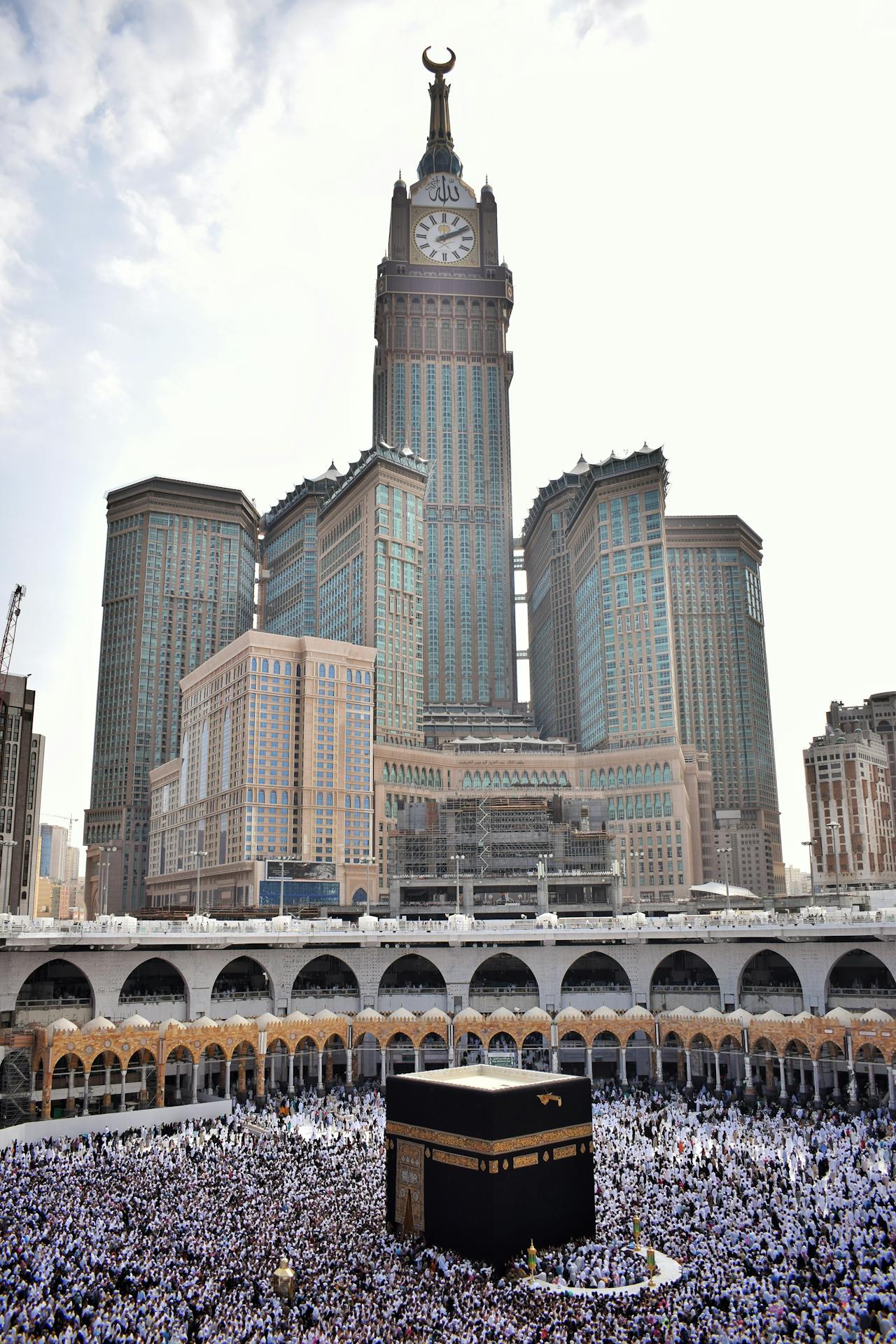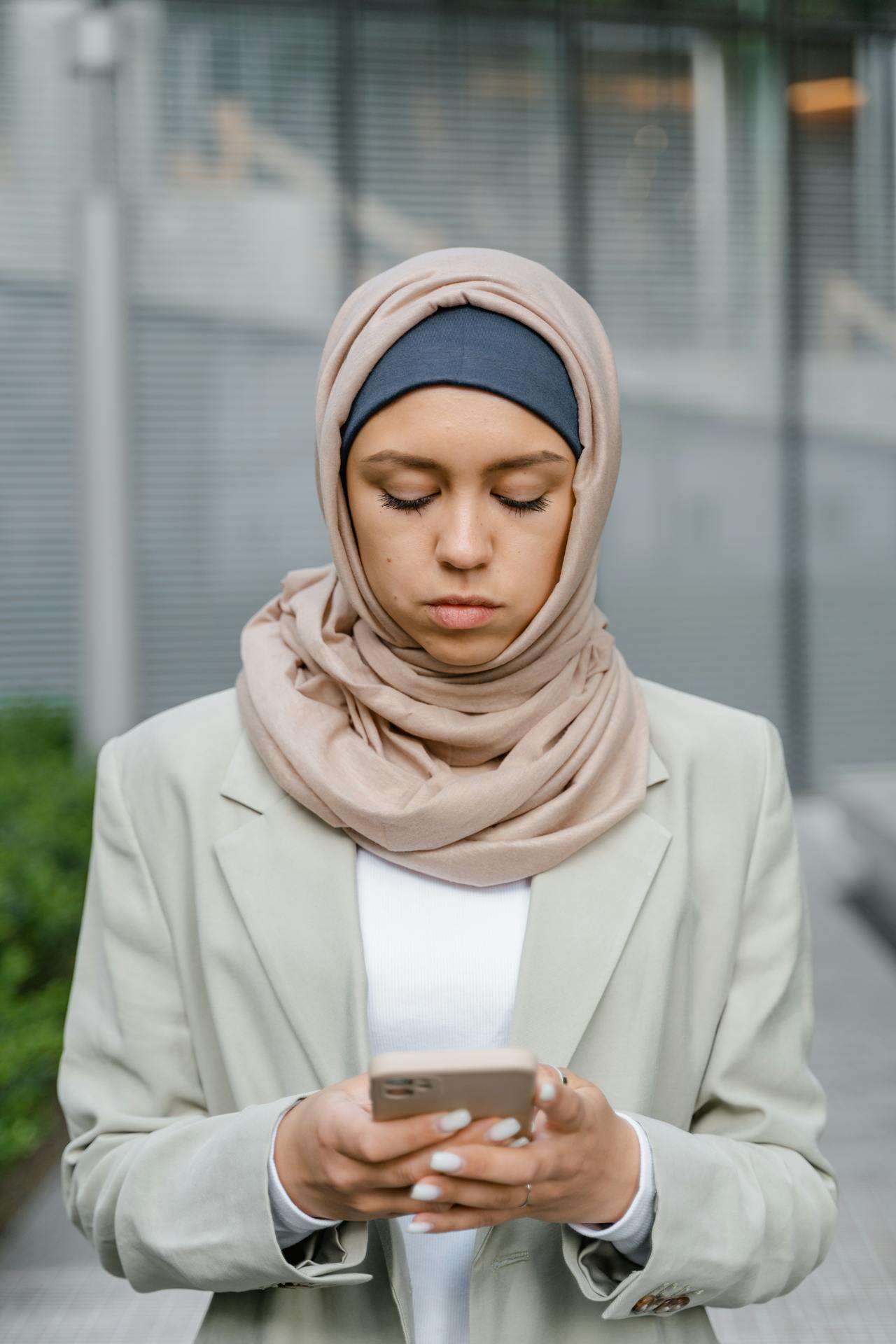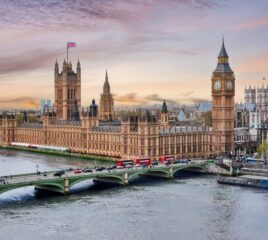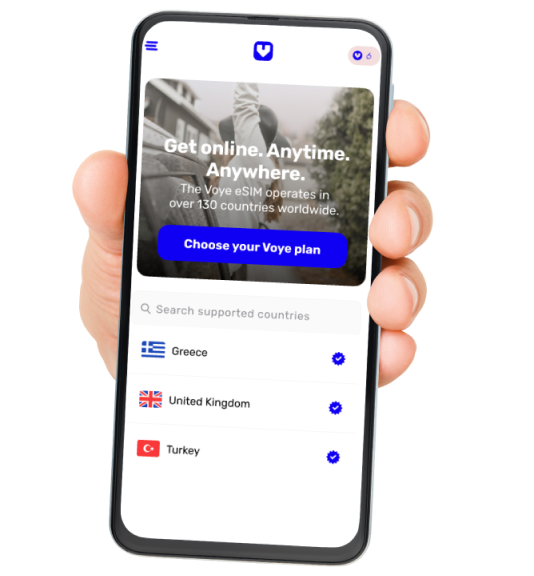Essential Umrah Guide for First-Time Pilgrims: Travel, Connectivity & Spiritual Prep

Performing Umrah, the lesser pilgrimage to Makkah, is a life-changing experience. For first-time pilgrims, this sacred journey can be both deeply rewarding and a little overwhelming. Understanding the spiritual, logistical, and technological aspects of your trip will help ensure a smooth and meaningful pilgrimage.
This essential guide walks you through everything you need to know as a first-time pilgrim—from step-by-step rituals and travel tips to staying connected with your group and making the most of your time in Makkah and Madinah.
Make Your First Umrah Seamless
From ritual guidance to group coordination, stay informed and prepared every step of the way with modern tools and the right travel essentials.
Step-by-Step Overview of the Umrah Process
Umrah can be performed at any time of the year and includes four key rituals:
1. Entering Ihram
Ihram is a sacred state of purity. You must:
- Wear specific garments: white, unstitched cloth for men; modest clothing for women.
- Declare your intention (niyyah) at the Miqat (entry boundary).
- Recite the Talbiyah: “Labbayk Allahumma labbayk…”
2. Tawaf (Circumambulation)
- Perform seven anti-clockwise circuits around the Kaaba.
- Each round starts and ends at the Black Stone (Hajr al-Aswad).
- Supplicate with personal du’as or recommended prayers.
3. Sa’i (Walking Between Safa and Marwah)
- Walk seven times between the hills of Safa and Marwah, inside Masjid al-Haram.
- This commemorates Hajar’s search for water for her son, Ismail.
4. Halq or Taqsir (Hair Removal)
- Men either shave their heads (halq) or trim (taqsir).
- Women cut a small portion of their hair (about an inch).
After completing these steps, your Umrah is complete.
Key Religious Sites to Visit in Makkah and Madinah

In Makkah:
- Kaaba – The House of Allah, focal point of Tawaf.
- Zamzam Well – Historic source of blessed water near the Kaaba.
- Jabal al-Noor – Site of the Cave of Hira where revelation began.
- Mina, Muzdalifah, Arafat – Optional visits, especially for Hajj or spiritual reflection.
In Madinah:
- Al-Masjid an-Nabawi – Mosque of the Prophet ﷺ.
- Riyadh-ul-Jannah – A garden of Paradise located within the Prophet’s mosque.
- Jannat al-Baqi – Cemetery where many companions are buried.
- Quba Mosque – The first mosque built in Islam.
- Qiblatain Mosque – Where the qiblah direction was changed.
What to Pack and Wear for Umrah?
Clothing:
- Ihram (2 white sheets for men, modest clothing for women)
- Comfortable, loose-fitting clothing for travel and prayer
- Abaya and headscarf for women (bring extra)
- Sandals/slippers suitable for walking
- Light jacket (especially in winter evenings)
Other Essentials:
- Small backpack for daily items
- Waist pouch for documents and money
- Prayer mat and travel-sized Qur’an
- Sunglasses, unscented toiletries (required during Ihram)
- Power bank, phone charger, universal adapter
- Face masks and hand sanitizer
- Voye Global eSIM
Travel Smart, Stay Focused on Worship
Minimize stress and maximize spiritual reflection by staying connected, organized, and prepared—from airport arrival to Ihram rituals.
Visa and Vaccination Requirements
Before traveling, you’ll need to:
1. Apply for a Saudi Umrah Visa
- Available online for eligible countries (eVisa) or through licensed travel agents.
- Some nationalities can apply for Umrah on a tourist visa.
2. Ensure Valid Passport
- Must be valid for at least 6 months from your date of entry.
3. Get Required Vaccinations
- Meningitis (ACWY) vaccine is mandatory.
- COVID-19 vaccination and booster doses may be required (check latest updates).
- Polio or Yellow Fever vaccines may be needed for travelers from certain countries.
Always carry your vaccination certificates.
Navigating Language Barriers
Arabic is the official language, but many pilgrims come from non-Arabic-speaking countries. To ease communication:
- Learn basic Arabic phrases (greetings, numbers, prayer terms)
- Use translation apps like Google Translate or iTranslate
- Most hotels and Haram staff understand English, Urdu, or Malay
Tip: Download offline translation packs in advance for areas with poor coverage.
Internet Options in Saudi Arabia for Staying Connected
Staying connected is essential for:
- Navigating large religious sites
- Staying in touch with family or your group
- Accessing mobile du’as and prayer guides
Internet Access Options:
- Hotel Wi-Fi: Often available but may be unreliable during peak times.
- Public Wi-Fi: Limited and usually slow near Haram areas.
- Mobile Internet (Data SIM or Travel eSIM): Offers reliable coverage and fast speeds across Makkah and Madinah. Choose a prepaid plan before travel to avoid roaming charges.
Tips for Staying Connected with Your Group
- Create a WhatsApp or Telegram group before departure.
- Set daily meeting points in case someone gets separated.
- Use location-sharing features for real-time updates.
- Carry a backup phone number or local contact for emergencies.
- Label group members with color-coded accessories for easy spotting.
If traveling with elderly or children, always pair them with a responsible adult and share contact info.
Useful Apps for Your Umrah Journey

Maximize your Umrah experience with these helpful apps:
1. Google Maps
- For navigating city routes, restaurants, and religious sites.
2. Muslim Pro / Pillars
- Quran, prayer times, Qiblah direction, and daily reminders.
3. Tawakkalna & Nusuk
- Official Saudi apps for pilgrim entry and movement tracking.
4. Zamzam App
- Locate Zamzam water points and refill stations inside the Haram.
5. Hajj & Umrah Navigator
- Maps of Haram areas and real-time guides on performing rituals.
Final Reflections for First-Time Umrah Pilgrims
Umrah is a journey of the heart and soul. It requires not only spiritual intention but also smart preparation. By learning the rituals, understanding the environment, and preparing for communication and navigation, you set yourself up for a fulfilling and transformative experience.
Approach Umrah with humility, patience, and gratitude—because no matter how prepared you are, the real journey is within.
Your Umrah Journey Starts with the Right Tools
Whether it’s your first time or you’re guiding loved ones, equip yourself with everything you need for a meaningful, well-planned pilgrimage.
FAQs: First-Time Umrah Travel and Preparation
1. What is the difference between Hajj and Umrah?
Hajj is a mandatory pilgrimage performed during specific dates in Dhul Hijjah, while Umrah is a voluntary pilgrimage that can be performed year-round. Umrah involves fewer rituals and takes less time.
2. Do I need a visa for Umrah?
Yes. Most travelers need an Umrah visa or Saudi tourist visa (for eligible nationalities). Visa requirements depend on your country of origin, so always check the latest rules before booking.
3. What are the basic steps of performing Umrah?
Umrah includes four main steps:
- Entering Ihram,
- Performing Tawaf around the Kaaba,
- Sa’i between Safa and Marwah, and
- Hair cutting (Halq/Taqsir).
4. Can women perform Umrah alone?
Yes. Women over a certain age (often 18+) from many countries can perform Umrah without a mahram under a valid visa. However, rules may vary by nationality and travel provider.
5. Is Zamzam water available during Umrah?
Yes. Zamzam water stations are located throughout Masjid al-Haram in Makkah, and bottles are often provided at hotels and departure lounges.
6. What clothes should I wear for Umrah?
Men wear two unstitched white cloths (Ihram), and women wear modest clothing (usually an abaya and hijab). Comfortable walking sandals and a small pouch for valuables are recommended.
7. What mobile apps should I download before Umrah?
Download Google Maps, Muslim Pro, Tawakkalna, and Nusuk. These help with prayer times, navigating religious sites, and staying updated on official Umrah protocols.
8. How do I stay connected during Umrah without incurring roaming charges?
Use local Wi-Fi or purchase a Saudi data SIM or travel solution before departure. Reliable mobile internet helps you navigate, contact your group, and access religious resources.








